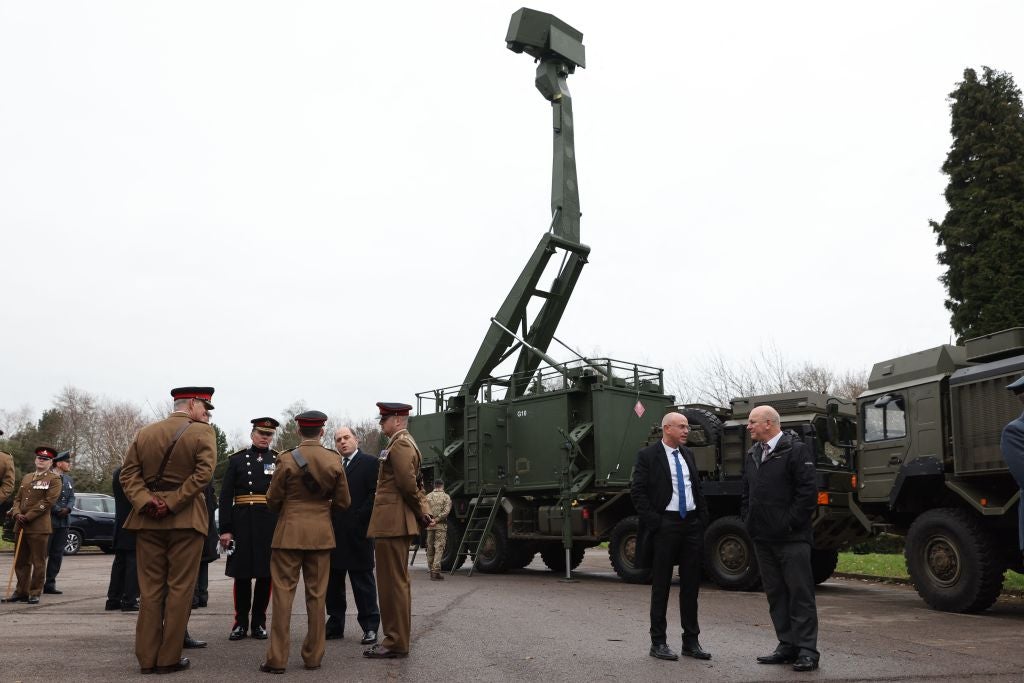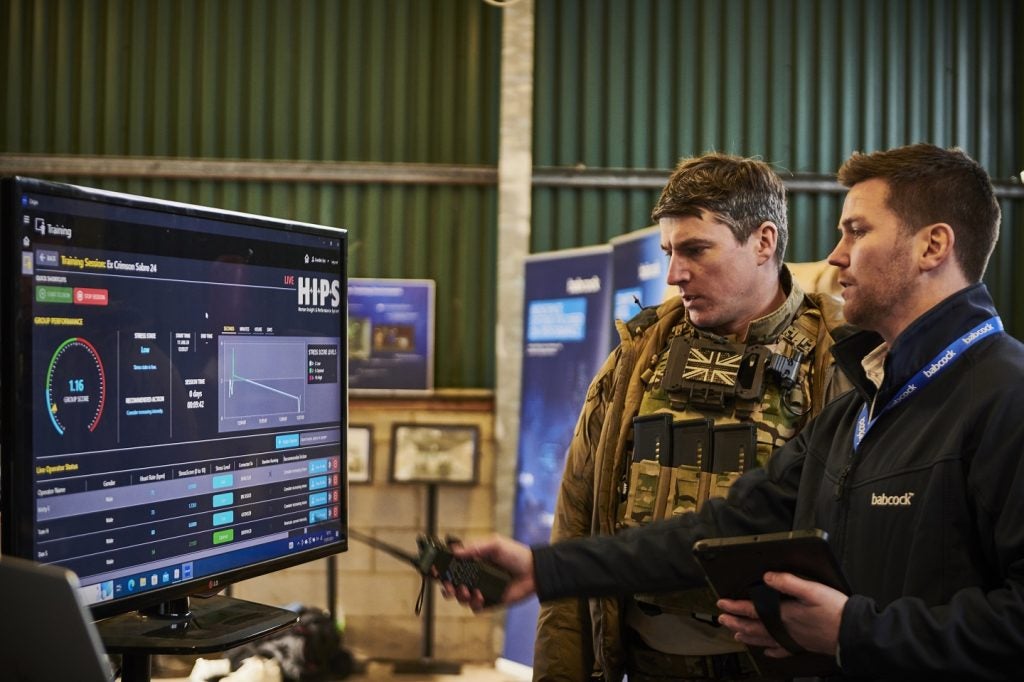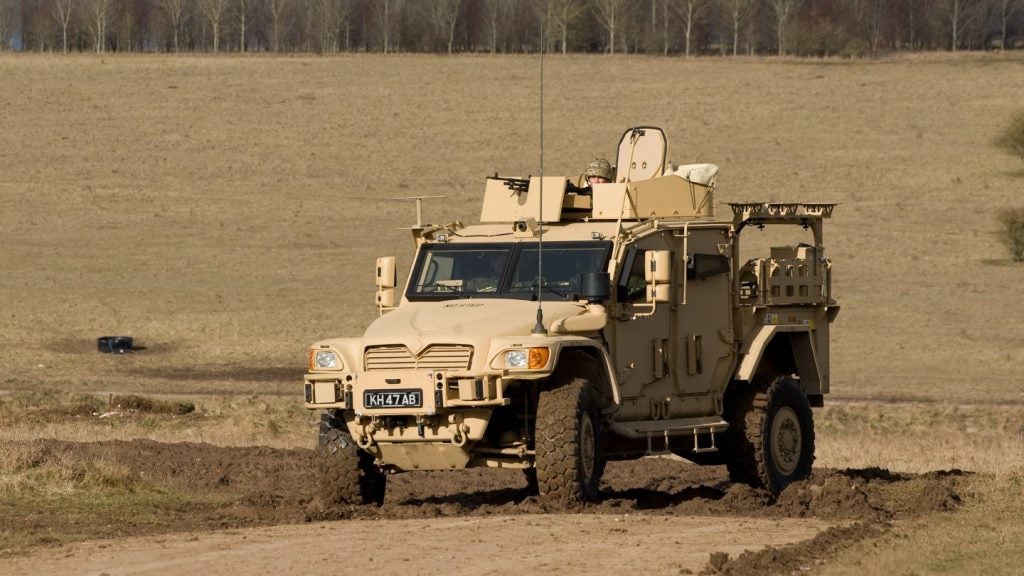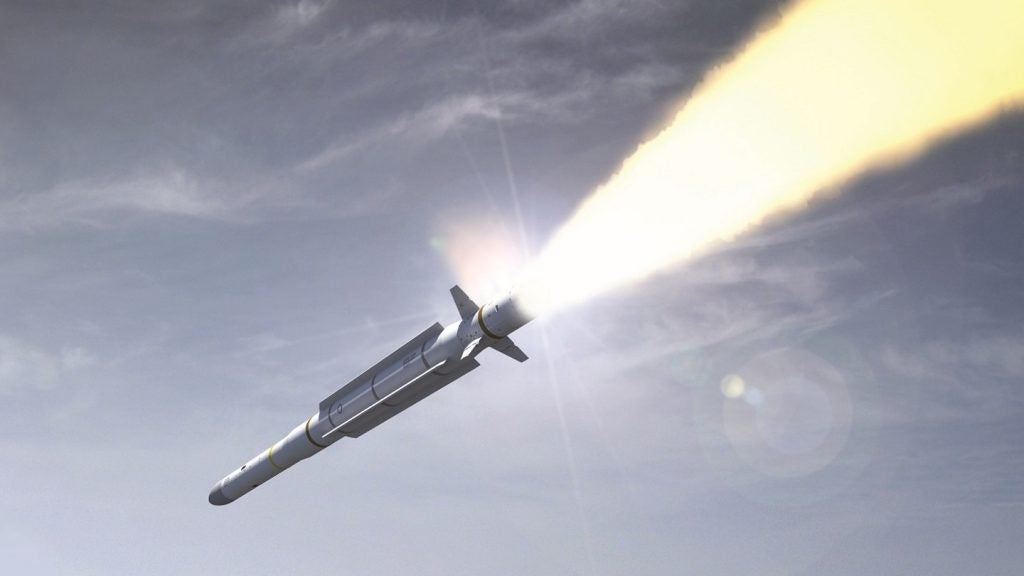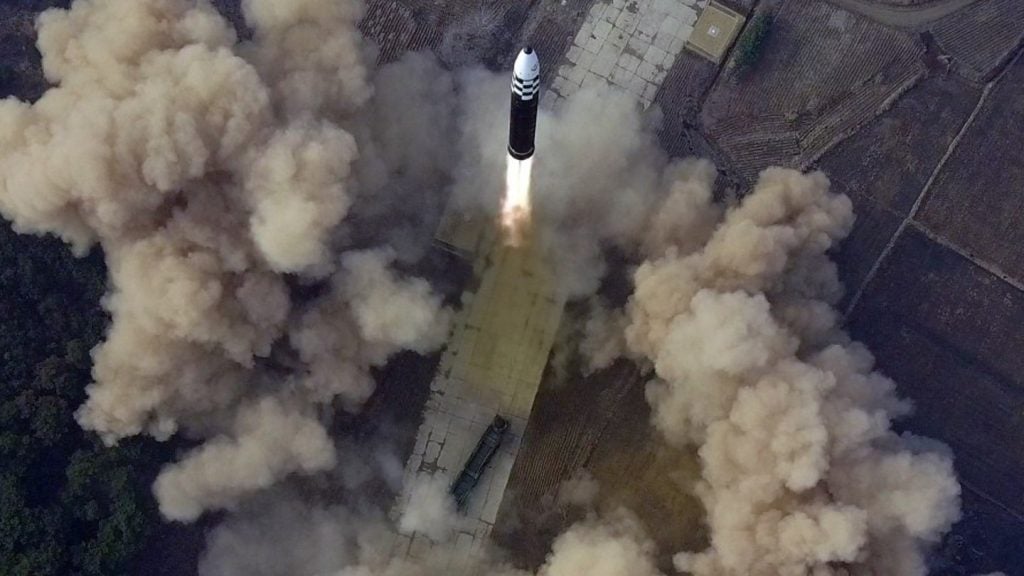While the market size for the Land Radar segment has been projected as $6bn for 2024 by GlobalData in the 'The Global Military Radar Market Forecast 2023-2033', this has been predicted to drop below $5bn for most of the next ten years while the value of the Air Radar segment is set to rise above it for the foreseeable future.
The value of the Land segment starts at nearly $6bn in 2024, above the value of the Air Radar section at $5.3bn, but in 2025 this order is reversed, with Air's market value rising to $5.8bn, and Land's value falling to $4.7bn.
This ordering remains for the rest of GlobalData’s projection, with both sections showing slowing growth until minima in 2029, and then sustained increasing growth until 2033.
The Global Military Radar Market is projected to grow at a CAGR of 3.6%, increasing from $10.6bn in 2023 to $15.2bn by 2033. The total global spending on this market over the forecast period is estimated to be $144.9bn.
The market is divided into three segments: Air, Land, and Maritime. The Air segment is expected to lead the market, comprising 41.4% of the total, followed by the Land segment with a 35.2% share.
Geographically, North America is expected to hold the largest market share at 44.0%, with Europe and Asia-Pacific following with shares of 22.5% and 21.6%, respectively.
Air Radar
Air Radar encompasses systems such as fire control radars, which furnish essential targeting data, including target azimuth, elevation, range, and range velocity to the fire-control system of various platforms such as aircraft, rotorcraft, and uncrewed aerial systems (UAS) to precisely engage targets. Notable systems include the AN/APG-81 and RBE2 AA.
The Air segment also includes maritime surveillance radars that are mounted on maritime patrol aircraft, naval helicopters, and UAVs. These aid in the detection and surveillance of surface and sub-surface entities for missions such as anti-surface and anti-submarine warfare, and coastal defence operations.
Airborne ground surveillance radars are designated for identifying and monitoring ground or low-altitude targets, including vehicles and helicopters moving at low speeds. These radars are equipped on aircraft, rotorcraft, and UAVs, primarily for surveillance and reconnaissance duties, and are also useful in border patrol and search and rescue operations, as seen with EL/M-2055 and AN/APY-8 Lynx II radar.
Airborne early warning radars serve principally to locate and follow aircraft, ships, and ground vehicles over considerable distances. When operational at high altitudes, they allow the aircraft's crew to observe and track objects and function as an Identification Friend or Foe system, with examples such as AN/APS-145 and E-801M OKO.
Synthetic aperture radars enable surveillance in all weather conditions utilising synthetic aperture technology, capable of functioning during nighttime or through cloud cover, producing high-resolution radar imagery. Systems such as Phased-Array SAR and Micro-SAR are notable examples.
Auxiliary radars in the Air segment carry out support functions such as navigation, weather prediction, and geographical mapping, and typically operate alongside primary radars like fire-control and early warning systems on airborne platforms, including the GSX 70 and AN/APQ-174B models.
The Land market
In the domain of Land Radar, air-defence radars act as proactive monitors to locate, identify, and pursue aerial threats, including ballistic missiles, aircraft, and UAS, as well as directing interceptor missiles to neutralise such dangers. Systems in this category include 91N6E-Big Bird, 92N6E-Grave Stone, and 96L6E.
Counter-battery radars are operational to warn against, detect, and track artillery projectiles, using the projectile's trajectory to ascertain the launch position of artillery such as howitzers, mortars, or rocket launchers, and facilitate their neutralisation, with examples that include AN/TPQ-37 and AN/TPQ-50.
Ground and coastal surveillance radars are comprehensive installations on land or over water that aim to secure borders against unauthorized entry and uphold national sovereignty. They monitor a variety of targets across land, air, and sea, with systems such as J/FPS-3 and TPS-77 MRR being instrumental.
The auxiliary radar market for the Land segment encapsulates radar types that do not align with the previously mentioned categories, including those designed for ground penetration, instrumentation, and portable applications. This segment comprises systems such as the GMLRS radar and the Husky Mounted Detection System (ground penetrating radar).


